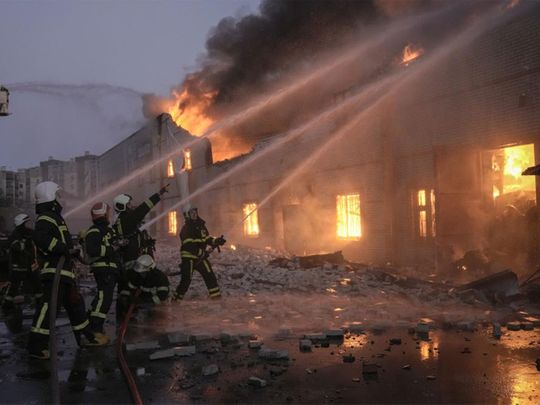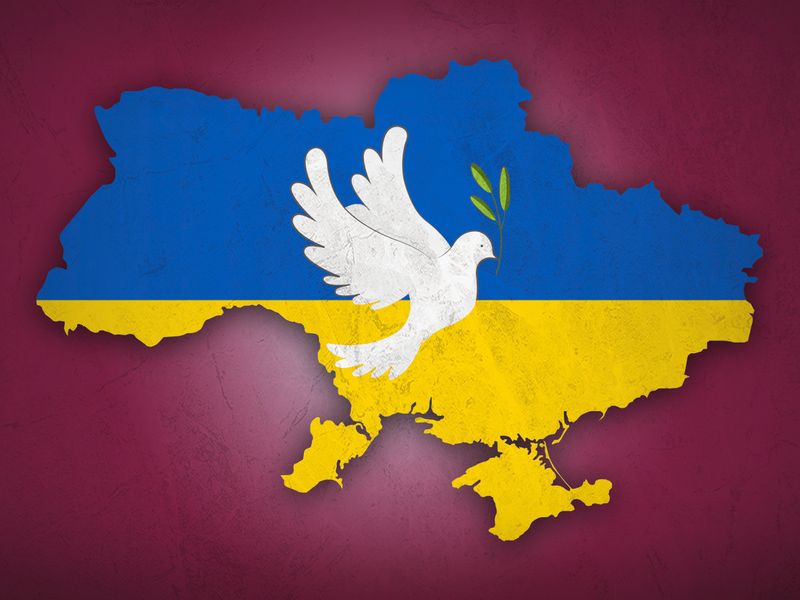
Though Washington insists that it is not interested in a direct military conflict with Moscow, the latter claims that the US is, in fact, directly involved. But who is stating facts?
On Sep. 8, US Secretary of State Antony Blinken, appeared in Kyiv on an unannounced visit. He carried with him pledges of yet another military and financial package of nearly $3 billion, mostly to Ukraine but also other Eastern European countries.
According to a report published by the New York Times last May, US financial support to Ukraine has exceeded $54 billion.
For such a massive military arsenal to operate, one can imagine the involvement of legions of military experts, trainers and engineers. Washington’s latest package includes hundreds of millions of dollars in military aid, such as more High Mobility Artillery Rocket System (HIMARS).
And more is coming. According to Blinken, “President Biden ... will support the people of Ukraine as long as it takes.”
The Russians, however, have no illusions that the US military support for Ukraine is confined to mere shipments of weapons or limited to financial transactions. On Aug. 2, the Russian Defense Ministry said the US was “directly involved in the conflict in Ukraine”.
The Ministry’s statement was based on comments by Ukraine’s deputy head of military intelligence, Vadym Skibitsky, who told the British Telegraph newspaper that “Washington coordinates HIMARS missile strikes”.
This is not the first time that Russia suggested the US was directly involved in the war. In fact, as early as March 25, Russian Foreign Minister Sergey Lavrov said the West has declared “total war” on Russia. Also, since then, the nature of American involvement in the war has changed.
The type of weapons that were first provided to Kyiv by Washington have transformed from weapons of defensive capabilities with limited outreach, to weapons of offensive capabilities with long-range artillery systems, including HIMARS and M270.
But does this mean the US is ‘directly’ involved in the war? Historically, successive US administrations have preferred to engage in military conflicts without openly declaring it.
For example, as the US fought its protracted war in Vietnam starting in the mid-1950s, it engaged in many other military conflicts that were mostly kept secret. These undeclared wars included the Nixon Administration’s campaigns of Cambodia.

To curtail the power of the president to conduct war without notifying Congress, the US Congress passed the War Powers Resolution of 1973, also known as the War Powers Act. Despite a presidential veto, a two-third majority in Congress managed to pass the resolution into law.
Still, successive administrations found ways around the law, including the US involvement in the bombing of Yugoslavia in 1999 and again, in the Nato war on Libya in 2011.
In fact, it was in Libya that Americans engaged in the war while avoiding its costly political consequences.
So regardless of whether the US has direct or indirect involvement in the Russia-Ukraine war, chances of war being publicly declared in Washington are close to nil.
Ramzy Baroud is a journalist, author and the editor. He is the author of six books.








